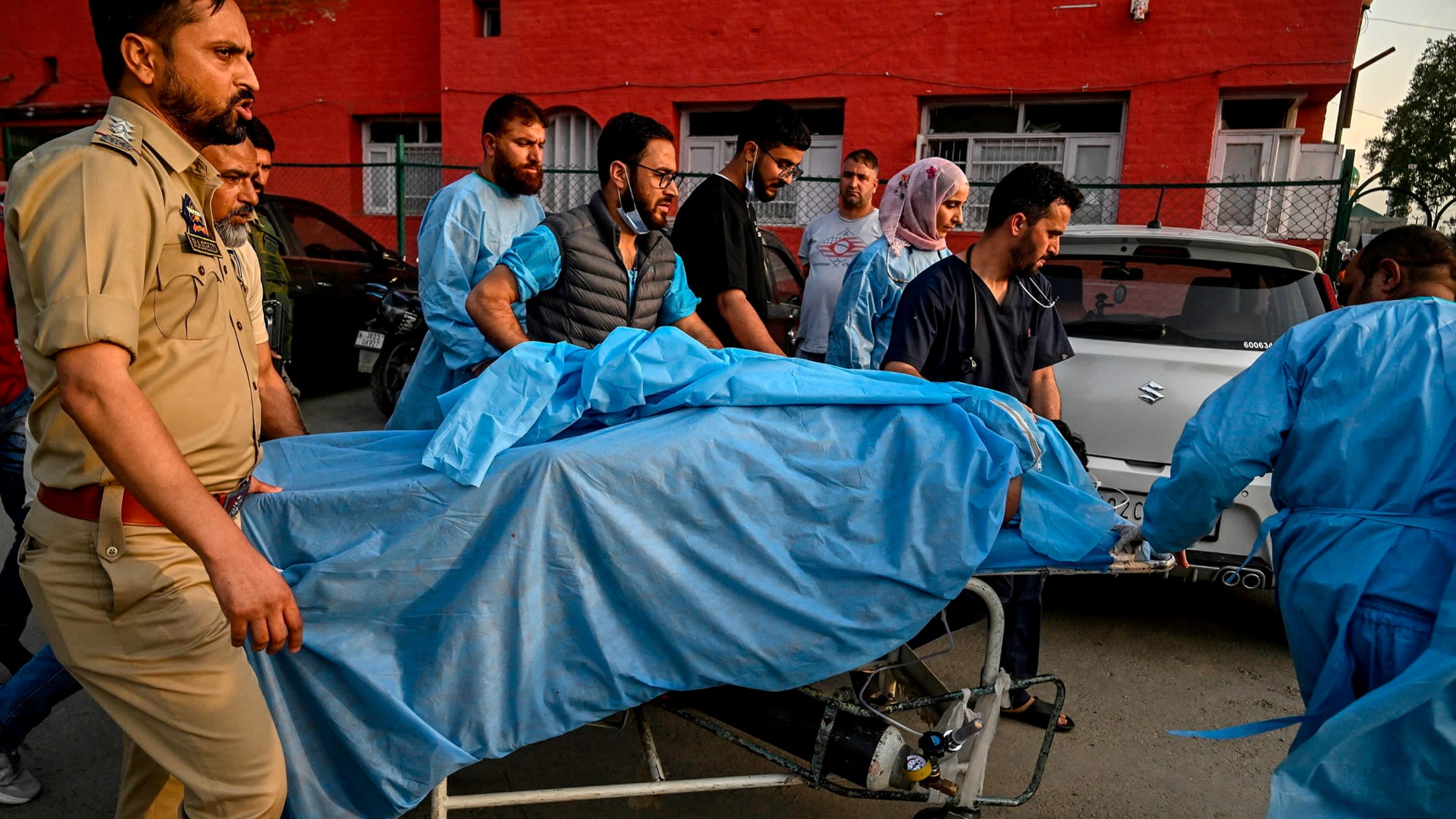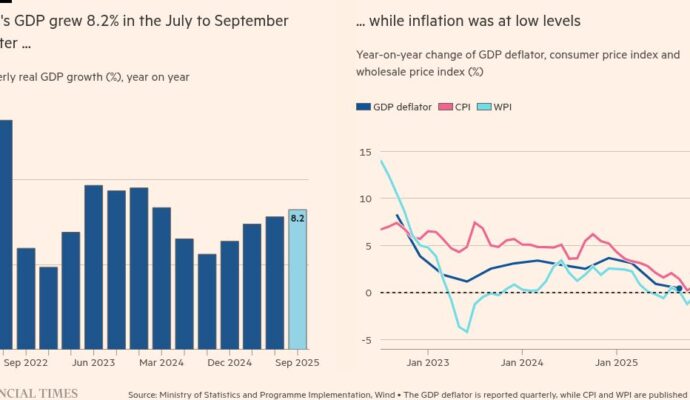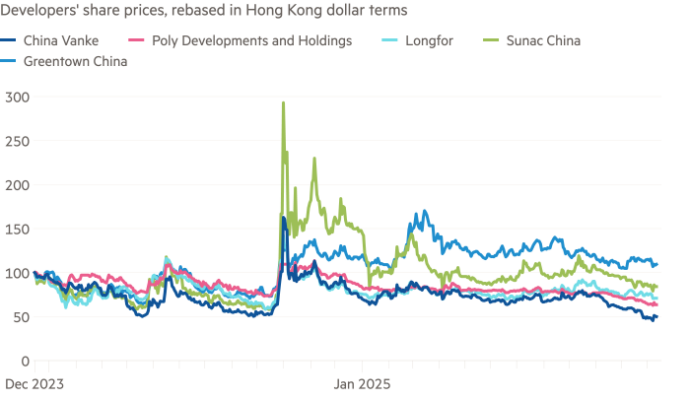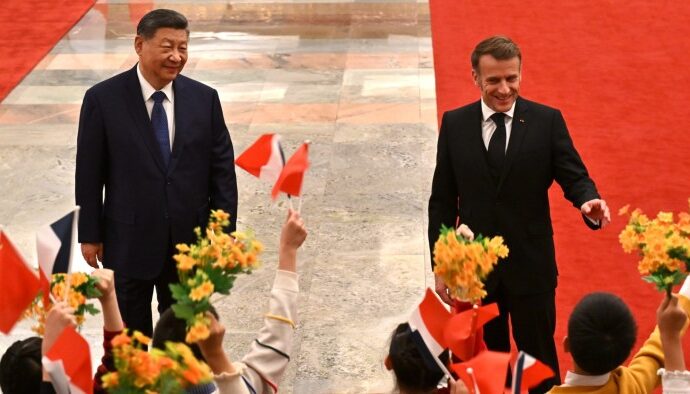
Unlock the Editor’s Digest for free
Roula Khalaf, Editor of the FT, selects her favourite stories in this weekly newsletter.
More than 20 tourists are thought to have been killed in an attack by suspected militants in the restive Indian-controlled territory of Jammu and Kashmir that its chief minister said was the most deadly against visitors to the region in decades.
Tuesday’s assault in the popular destination of Pahalgam is a setback for the government of Prime Minister Narendra Modi, which has claimed to have brought peace to Jammu and Kashmir since downgrading what was India’s only Muslim-majority state to a territory under direct federal rule.
It could also increase tensions between India and Pakistan, which backs Kashmiri separatism. The territory is part of a region that is also claimed and partially controlled by Islamabad and has been a long-running flashpoint between the nuclear-armed neighbours.
Jammu and Kashmir chief minister Omar Abdullah said the death toll was expected to rise above 20. “We’ve never had any attack against tourists with this number of casualties in the 36 years of violence in J&K,” he said in a message exchange with the Financial Times.
“We are still in the process of extracting the injured to various hospitals and bringing those killed down from the scene of the attack. We don’t have a confirmed number of casualties at the moment,” Abdullah said.
Modi said in a statement that he “strongly condemned the terror attack . . . Those behind this heinous act will be brought to justice . . . They will not be spared! Their evil agenda will never succeed.”
Modi’s home minister, Amit Shah, vowed that the government would “come down heavily on the perpetrators with the harshest consequences”.
Local media reported that armed people had entered an area in Pahalgam, a tourist spot in the Baisaran Valley known as “mini-Switzerland”, and begun firing at mostly Indian tourists taking pony rides, picnicking or taking in the sights.
The Press Trust of India posted a video of security forces in camouflage fatigues tending to civilians.
The Himalayan region has been a flashpoint since the partition of British India into the independent countries of India and Pakistan in 1947. It has suffered sporadic militant violence since an anti-Indian insurgency erupted in 1989.
Previous major militant attacks have coincided with trips to India by high-profile foreign officials, and the latest came as US vice-president JD Vance was visiting the world’s most populous nation.
Vance said he and his wife Usha extended their condolences to the victims.
“Over the past few days, we have been overcome with the beauty of this country and its people. Our thoughts and prayers are with them as they mourn this horrific attack,” the vice-president wrote in a post on social media site X.
One of the most notorious attacks was the massacre of some three dozen Sikh villagers 25 years ago in Chittisinghpura in Jammu and Kashmir on the eve of a state visit to India by then-US president Bill Clinton.
In a post on Truth Social, US President Donald Trump said the news from Kashmir was “deeply disturbing”.
“The United States stands strong with India against Terrorism,” Trump wrote.


